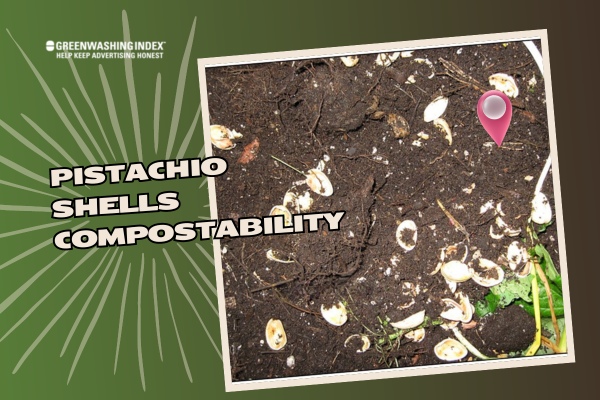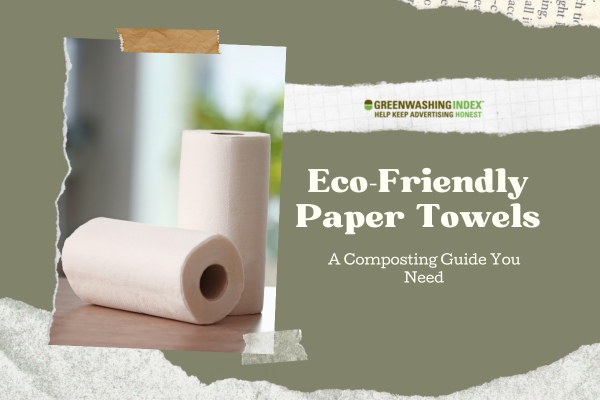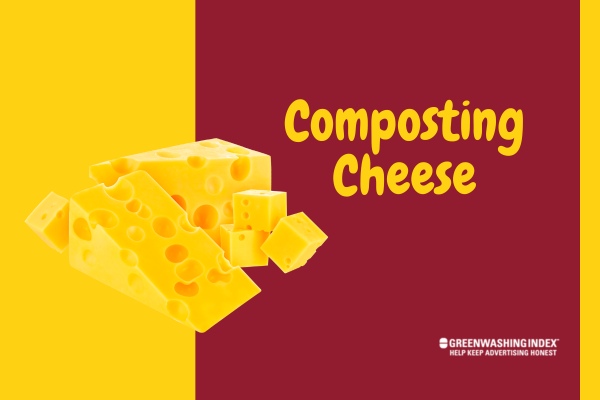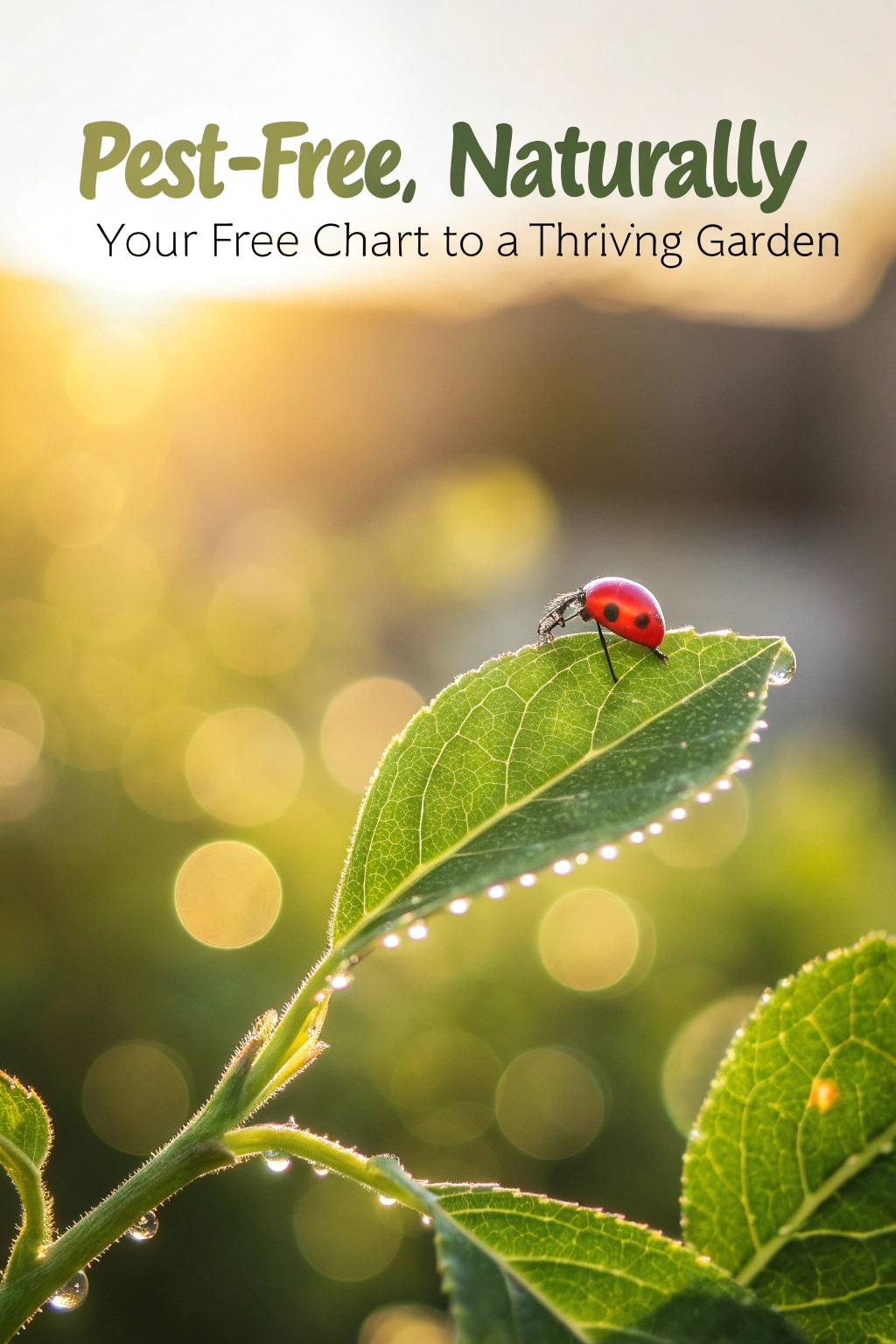Pistachio lovers often relish the delightful crunch of these nuts, but what about the tough shells they leave behind? Surprisingly, the journey of pistachio shells compostability reveals an eco-friendly opportunity that many overlook.
While these hard exteriors may seem daunting for composting, with the right techniques, they can transform into nutrient-rich soil enhancers. Embracing this sustainable practice not only reduces waste but also enriches your garden, making every pistachio snack a step towards a greener planet.
Comprehending the Concept of Compostability
Compostability refers to the ability of organic materials to decompose into nutrient-rich compost through a controlled composting process. This transformation is facilitated by microorganisms in environments that provide heat, moisture, and oxygen. Understanding compostability is crucial as it differentiates between materials that can safely return to the earth without leaving harmful residues and those that cannot. Here are key aspects of compostability:
What does Compostable Mean?
In essence, composting is nature’s method of recycling. When we talk about something being compostable, we refer to organic materials that biodegrade or break down into humus-like matter under certain conditions. This rich-in-nutrient substance contributes to soil fertility and helps grow plants. Importantly, for material to truly be compostable, it shouldn’t leave behind any toxic residue.
Remember this – not all waste is compostable. For instance, plastic that doesn’t break down into organic components does more harm than good to the environment because it releases toxic chemicals as opposed to nutrients beneficial for plants.
What are Pistachio Shells made of?
Pistachio shells are primarily composed of natural polymers that provide strength and structure. Their chemical makeup includes cellulose, hemicellulose, and lignin, which contribute to their fibrous and tough characteristics.
Additionally, the shells contain triglycerides that aid in nutrient transport. This unique composition makes pistachio shells not only resilient but also a potential resource for various applications in material science and environmental sustainability.
- Cellulose: A major component providing structural integrity.
- Hemicellulose: Works alongside cellulose to enhance strength.
- Lignin: Adds rigidity to the shell structure.
- Triglycerides: Facilitate nutrient transport within the plant.
- Porous Structure: Contributes to their lightweight and fibrous nature.
Benefits of Composting
Composting offers numerous benefits that significantly impact the environment, economy, and agriculture. By converting organic waste into nutrient-rich compost, we can enhance soil health, reduce landfill waste, and mitigate climate change.
Here are some key advantages of composting:
- Enriches Soil: Composting nourishes the roots and enriches plant soils with nutrients they crave making them stronger.
- Water Conservation: The resulting fertile soil retains water much better reducing water waste.
- Waste Reduction: Quite simply, what would’ve been a trash can now replenish your garden.
- Combat Climate Change: By locking up carbon in soil organic matter we can reduce greenhouse emissions.
So, next time you’re munching on your favorite pistachios think about how their shells’ journey could potentially continue in a sustainable manner through pistachio shells compostability!
Pistachio Shells and their Compostability
Grazing on a bag of pistachios is one of life’s simple pleasures, but what to do with the pile of shells left behind? Those little wooden cast-offs spark a conversation: are pistachio shells compostable?
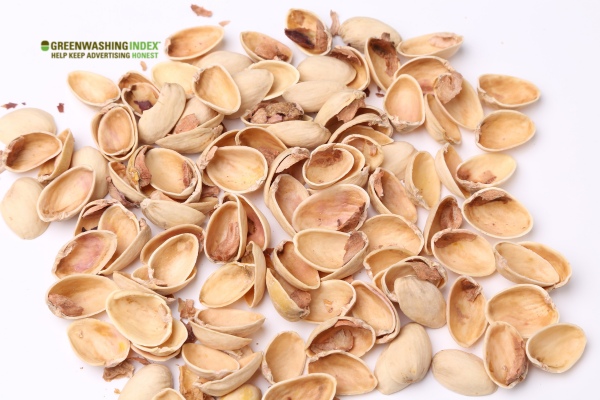
The Structure of Pistachio Shells
Pistachio shells are quite the tough guys of the nut world. Their hard, woody texture isn’t just for show; these shells have a serious job protecting the delicious morsel inside. Here’s what you need to know about their structure:
- Composition: Mainly composed of lignin and cellulose, pistachio shells are closer to wood in nature than fruit peels.
- Durability: They’re designed by nature to be tough, being able to withstand pressure and environmental elements.
- Breakdown Time: Because they’re so sturdy, pistachio shells don’t break down as quickly as softer organic materials.
The Debate Over Pistachio Shells Compostability
Now let’s chew over the real meat of the matter – can these resilient little helmets for nuts go back to the earth as compost? There’s a bit of back-and-forth on this:
- Pro-composting view:
- Most natural objects will decompose given time and conditions; pistachio shells are no exception.
- They add aeration and fiber once they break down.
- Challenges:
- The slow decomposition rate makes some question their pistachio shells’ compostability value.
- Potential toxins from pesticide residue could be a concern; always consider sourcing your nuts from sustainable nut consumption chains.
So, while some folks might be wary about tossing them into their garden’s mix due to their snail-like pace in breaking down, others see them as an untapped resource that adds structure and nutrients eventually in the grand cycle of eco-friendly snacking.
Process of Composting Pistachio Shells
Composting pistachio shells is all about patience and preparation. By turning these tough nut remnants into nutrient-rich compost, you can contribute to a more sustainable environment right from your backyard. Here’s how you can deal with their stubborn structure and give back to Mother Earth in a meaningful way.
Preparing your Compost Pile
Creating a compost pile is a straightforward process that can significantly benefit your garden and the environment. By recycling organic waste, you can produce rich compost that enhances soil health and reduces landfill waste.
Here’s a step-by-step guide to help you prepare your compost pile effectively:
- Choose a Location: Select a dry, shaded area close to your kitchen and garden for easy access. Ensure the spot is well-drained and has access to water.
- Build the Base: Start with a layer of coarse materials like twigs or straw to promote airflow and drainage.
- Layering Materials: Alternate layers of brown materials (carbon-rich) such as dried leaves and wood chips with green materials (nitrogen-rich) like fruit scraps and grass clippings. Aim for a ratio of about 2:1 browns to greens.
- Moisten the Pile: After adding each layer, lightly sprinkle water to keep the pile moist but not soggy; it should feel like a damp sponge.
- Turn the Pile: Mix or turn your compost every couple of weeks to aerate it, which speeds up decomposition and prevents odors.
- Monitor Temperature: Use a compost thermometer to check the internal temperature; it should ideally be between 100°F and 140°F (38°C to 60°C) for optimal microbial activity.
- Cover the Pile: If necessary, cover your compost with a tarp or lid to retain heat and moisture while allowing airflow.
By following these steps, you can create an efficient compost pile that transforms organic waste into valuable compost for your garden.
Steps to Break Down Pistachio Shells
To effectively break down pistachio shells for composting, several steps can enhance their decomposition process. Given their tough structure, pistachio shells can take a long time to decompose, typically ranging from one to three years. Here’s a concise guide to help you prepare and integrate them into your compost pile:
- Crush ’em up: Before adding them, break down the shells into smaller pieces—this will significantly speed up decomposition.
- Mix well: Ensure they are evenly distributed throughout your compost pile so that microorganisms can get to work on them from all angles.
- Keep it moist: The pile should be damp but not soaking—think of a wrung-out sponge.
- Aerate regularly: Turn that pile! It introduces oxygen which is crucial for breaking down those tough shells.
- Be patient: These little guys take their time decomposing; expect several months before they fully integrate into your compost.
Incorporating these methods effectively will turn what might have been trash into treasure for your garden soil!
Pros & Cons of Including Pistachios in Your Compost Pile
Including pistachio shells in your compost pile can be beneficial, but there are important considerations to keep in mind. While they add valuable carbon and improve aeration, their slow decomposition rate can hinder composting efficiency. Additionally, if not cleaned properly, they may attract pests. Here’s a summary of the pros and cons:
Pros:
- Nutrient Contribution: Eventually enriches soil with organic matter.
- Aeration: Their structure helps improve airflow in the compost.
- Moisture Retention: Absorbs and retains moisture, aiding in compost quality.
Cons:
- Slow Decomposition: Takes longer to break down compared to other materials.
- Pest Attraction: Residual nut meat can draw unwanted insects or rodents.
- Potential Salt Issues: Salted shells may affect microbial activity if not rinsed.
Real-Life Experiences with ‘Pistachio Shells’ Composting
When it comes to eco-friendly snacking and sustainable nut consumption, gardeners and farmers who are into composting have shared some intriguing insights. They often emphasize that pistachio shells do add value to their compost piles, despite the shells being notorious for their slow decomposition rate. Now let’s dive into the nuggets of wisdom they offer.
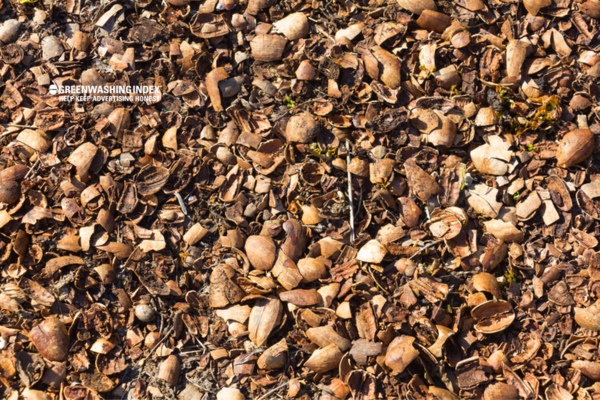
Tips from Gardeners and Farmers
- Pre-Treatment: Soak your pistachio shells in water overnight before adding them to the compost pile. This softens them, speeding up the composting process.
- Size Reduction: Crushing or grinding the shells can make a huge difference. Smaller pieces decompose quicker than whole shells.
- Balanced Composition: Mix green waste (like vegetable scraps) with your pistachio shells to maintain a healthy carbon-to-nitrogen ratio in your compost pile.
- Regular Turning: Turn your compost pile frequently to aerate it, which encourages microbial activity crucial for breaking down tough materials like pistachio shells.
- Patience Pays Off: Don’t rush the process. It might take over a year for pistachio shells to fully break down; patience is vital.
By following these straightforward yet effective tips from those who have done it successfully, you can enhance your own Pistachio Shells Compostability practices substantially.
FAQs
How long does it take for a pistachio shell to decompose?
Pistachio shells can take quite some time to break down, often several years, because of their tough and durable nature.
Can other nutshells go into my compost pile?
Absolutely! Most nutshells are compostable, but like pistachio shells, they are quite hardy and may take a long time to decompose.
Are there risks if my pets get into my compost pile with nutshells?
Yes, there can be risks. Nutshells might not be digestible for pets and could pose a choking hazard or cause intestinal blockage.
How can I speed up the decomposition process?
To hasten decomposition, you can crush the shells into smaller pieces before adding them to your compost pile and ensure the pile is well-aerated and moist.
Do pistachio shells decompose?
Pistachio shells are biodegradable and compostable but decompose slowly, typically taking 1-3 years. Crushing them can expedite the process, enriching compost over time.
Conclusion
Pistachio shells present an intriguing opportunity for sustainable practices. These tough remnants can indeed be composted, enriching soil over time despite their slow decomposition rate.
Proper preparation, such as crushing the shells and maintaining a balanced compost pile, enhances their breakdown process. With patience, the nutrient-rich contributions of pistachio shells can significantly benefit gardening efforts. Ultimately, incorporating these shells into composting not only reduces waste but also promotes eco-friendly gardening practices, making them a valuable addition to any compost pile.

